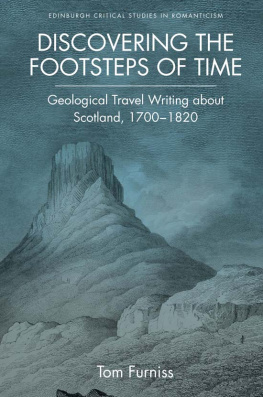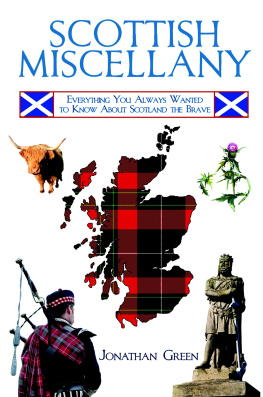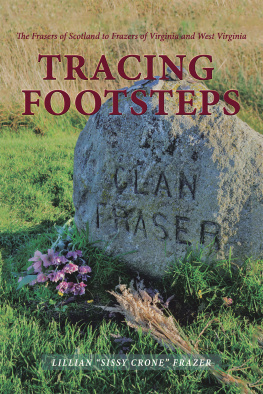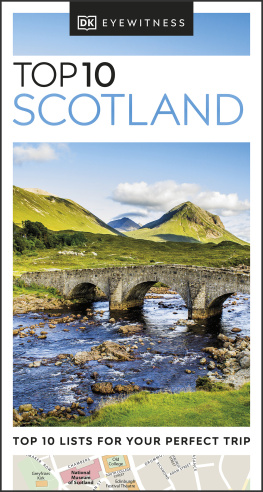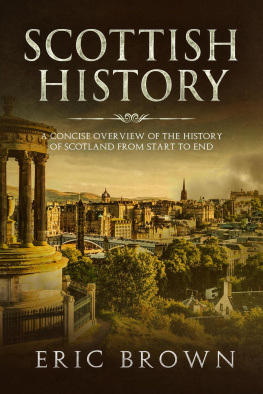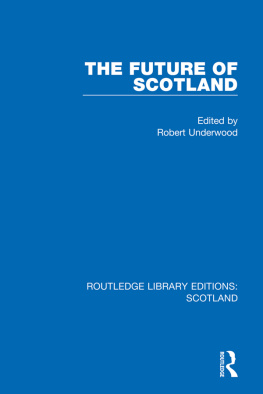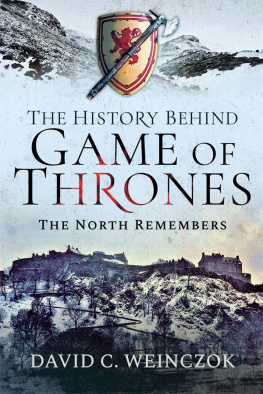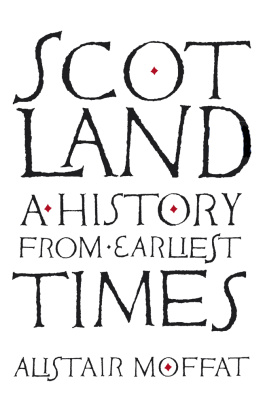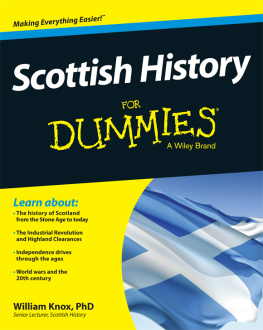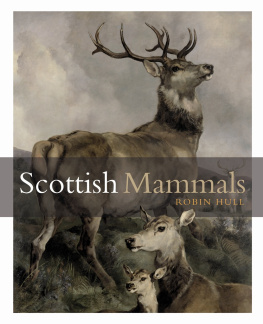
Discovering the Footsteps of Time
Edinburgh Critical Studies in Romanticism
Series Editors: Ian Duncan and Penny Fielding
Available Titles
A Feminine Enlightenment: British Women Writers and the Philosophy of Progress, 17591820
JoEllen DeLucia
Reinventing Liberty: Nation, Commerce and the Historical Novel from Walpole to Scott
Fiona Price
The Politics of Romanticism: The Social Contract and Literature
Zoe Beenstock
Radical Romantics: Prophets, Pirates, and the Space Beyond Nation
Talissa J. Ford
Literature and Medicine in the Nineteenth-Century Periodical Press: Blackwoods Edinburgh Magazine, 18171858
Megan Coyer
Discovering the Footsteps of Time: Geological Travel Writing about Scotland, 17001820
Tom Furniss
Forthcoming Titles
Peterloo and the Violence of Romanticism: Reflections on the Bicentenary of the 1819 Massacre of Reformers in Manchester
Michael Demson and Regina Hewitt
Visit our website at: www.edinburghuniversitypress.com/series/ecsr
Discovering the Footsteps of Time
Geological Travel Writing about Scotland, 17001820
Tom Furniss
EDINBURGH
University Press
Edinburgh University Press is one of the leading university presses in the UK. We publish academic books and journals in our selected subject areas across the humanities and social sciences, combining cutting-edge scholarship with high editorial and production values to produce academic works of lasting importance. For more information visit our website: edinburghuniversitypress.com
Tom Furniss, 2018
Edinburgh University Press Ltd
The Tun Holyrood Road, 12(2f) Jacksons Entry, Edinburgh EH8 8PJ
Typeset in 11/14 Adobe Sabon by
IDSUK (DataConnection) Ltd, and
printed and bound in Great Britain by
CPI Group (UK) Ltd, Croydon CR0 4YY
A CIP record for this book is available from the British Library
ISBN 978 1 4744 1001 4 (hardback)
ISBN 978 1 4744 1002 1 (webready PDF)
ISBN 978 1 4744 1003 8 (epub)
The right of Tom Furniss to be identified as the author of this work has been asserted in accordance with the Copyright, Designs and Patents Act 1988, and the Copyright and Related Rights Regulations 2003 (SI No. 2498).
Contents
List of Illustrations
Preface
This book about geological travel writing in Scotland in the long eighteenth century attempts to pull together various aspects of my experience of living and working in Scotland since I was appointed as a lecturer in English Studies at the University of Strathclyde in 1987. My love of Scotlands landscape began in that first snowy winter and I explored the Highlands and Islands over the following decades principally in order to climb mountains. In my professional life I completed a book on Edmund Burkes politics and aesthetics and taught various classes that allowed me to develop my understanding of the Enlightenment and Romanticism and the interface between them. My experience of Scotlands mountains and love of Wordsworths poetry mutually influenced one another, but private and professional passions really began to come together when I first read Dorothy Wordsworths Recollections of a Tour Made in Scotland and followed her and Williams and Coleridges footsteps around the Loch Lomond and the Trossachs National Park. One of the consequences of this was the development of a masters class on The Discovery of Scotland which focused on travel writing, novels and poetry about Scotland in the Enlightenment and Romantic periods. Dorothy Wordsworths reference to a pamphlet guidebook to the Trossachs led me to the parish reports about the Trossachs in the first Statistical Account of Scotland and they, in turn, revealed that the representation of Scotlands mountain terrain in the period was imbued with geological controversy. My discovery of James Huttons geological writings resulted in published essays and the impulse to retrace his footsteps over one glorious long weekend in Glen Tilt. The discovery that Hutton was not the only geologist to have traversed and written about Scotland in the period eventually led to the present book, which brings together my interests in literature, travel writing, aesthetics and science and my passion for the Highlands and Islands.
This book is written by a literary scholar with no academic or professional expertise in geology who has spent the last thirty years teaching and writing about the literature and philosophy of the eighteenth and early nineteenth centuries. As a consequence, the book is at least as much concerned with the literary techniques of the travel accounts it discusses, and the way they represent the terrain and the traveller, as it is with the geology. It is my contention that the literary strategies of this geological travel writing are as interesting as the geological theories and discoveries and, indeed, that there are mutually constitutive relationships between them. As a consequence, each chapter presents an extended close reading of one or two examples of geological travel writing in which I use the core techniques (quotation and textual analysis) of literary interpretation. The chapters examine a sequence of geological tours in chronological order in order to trace the way successive geological travel writers visit, revisit and reinterpret particular areas or places in Scotland, particularly in the Highlands and Islands. This chronological structure also allows me to locate each tour within various kinds of context geological, literary, aesthetic and to trace the way developments and controversies in all these contexts through the long eighteenth century impact upon each travel account. The book thus attempts to weave together histories of geology, literature, aesthetics, travel and representations of Scotland in ways that give the book a larger narrative and suggest how these different histories were always already interwoven. Although the book correlates the geological travel writing it examines with geological developments and controversies in Britain and Europe, I am not primarily concerned with whether a particular authors geological interpretations or conclusions were correct or prescient. Informed by current work in the history of science, the book focuses instead on the dynamics of geological controversy and the way they shape particular texts and overlay the terrains of the Highlands and Islands with stratum upon stratum of geological and aesthetic representations. The book is confined to geological travel writing in Scotland because of Scotlands special place in the history of geology in the period and because of the way it correlates with the proliferation of travel writing and literature that made Scotland a must-visit place in the later eighteenth century.
I want to thank Kenneth McNeil for unflagging support throughout this project; Michael Bath and Nigel Leask for their comments on the typescript; Nigel Fabb, for a key insight about Huttons writing; EUPs two anonymous reviewers; Ian Duncan for an enthusiastic editors report on the submitted text that helped me cut it down to size; Cathy Falconer for eagle-eyed copy-editing; and my wife, Hooi Ling Eng, for endless help with computer problems. Donald Fraser often hiked with me when I first came to Scotland and taught me how to use an ice-axe. I am also grateful to the Leverhulme Trust for granting me a Research Fellowship, which enabled me to carry out the bulk of the research for this book in the academic year 201314. I am grateful, too, to my colleagues in the School of Humanities at the University of Strathclyde for covering my teaching and administrative duties during a sabbatical in the autumn semester of 201415.
Next page
